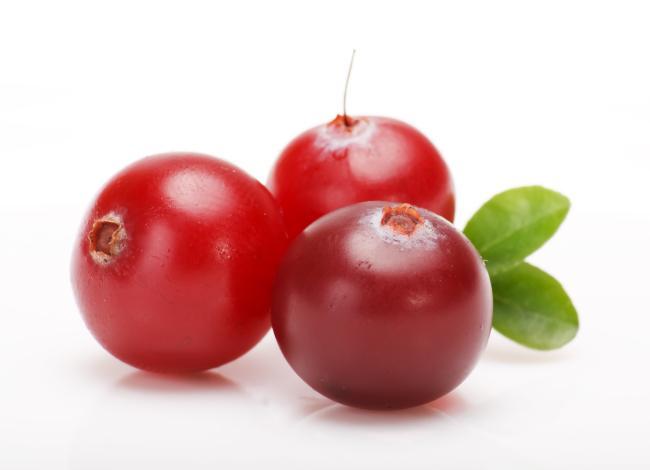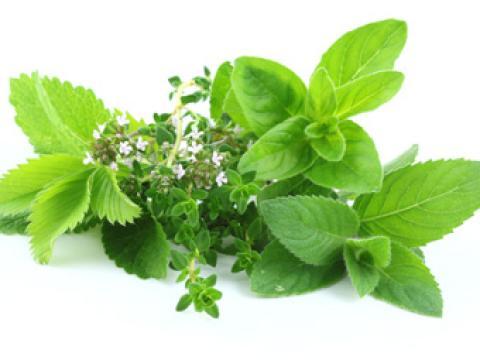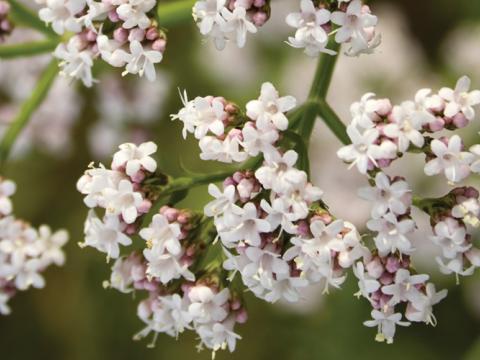Ancestral use
From the middle of the 19th century, German doctors helped to spread around the world the medicinal use of cranberry berries to prevent and treat urinary tract infections. Its popularity fell when synthetic antibiotics were developed to treat these conditions. Interest in the medicinal properties of these berries was renewed in the 1960s when resistance to antibiotics first became apparent.
Botanical details
Cranberry is an evergreen shrub which grows in the wild in peatland in cooler regions, mountainous forests and sandy meadows, notably in North America (United States and Canada). Its cultivation requires particular conditions: an acidic soil and high levels of irrigation. The wiry stems bear small, oval, pink flowers which produce red berries.
These red berries, with an acidic taste, are harvested from the end of September to the end of October and are used therapeutically.

Properties
The fruit of the cranberry plant contain tannins, proanthocyanidols (PAC) which have bacterial anti-adhesive properties, notably on the walls of the bladder, which is why they can reduce the frequency of urinary tract infections due to E. Coli1. Studies have shown that cranberry appears to reduce the adherence of the Helicobacter pylori bacterium to the gastric mucous membrane, hence its use in preventing gastric ulcers2.
Indications
- Prevention of recurrent cystitis caused by colibacteria
- Prevention of ulcers due to Helicobacter pylori
Precautions
Not recommended for people with high blood uric acid levels, diabetes or a past history of uric acid lithiasis.






